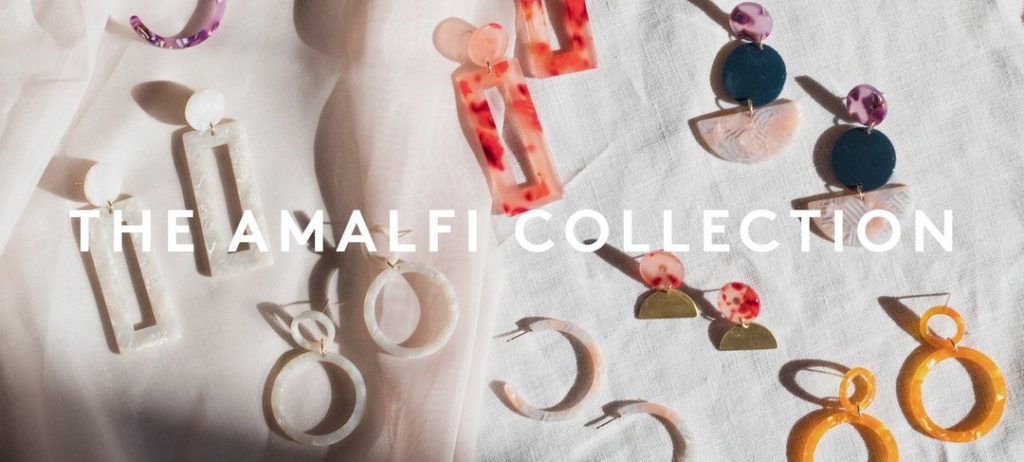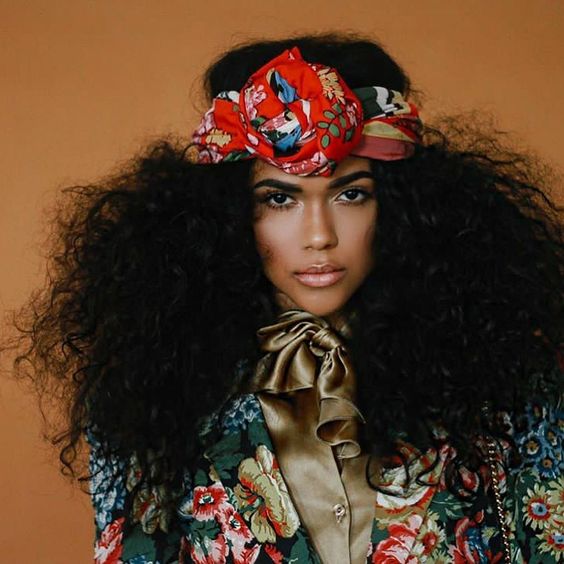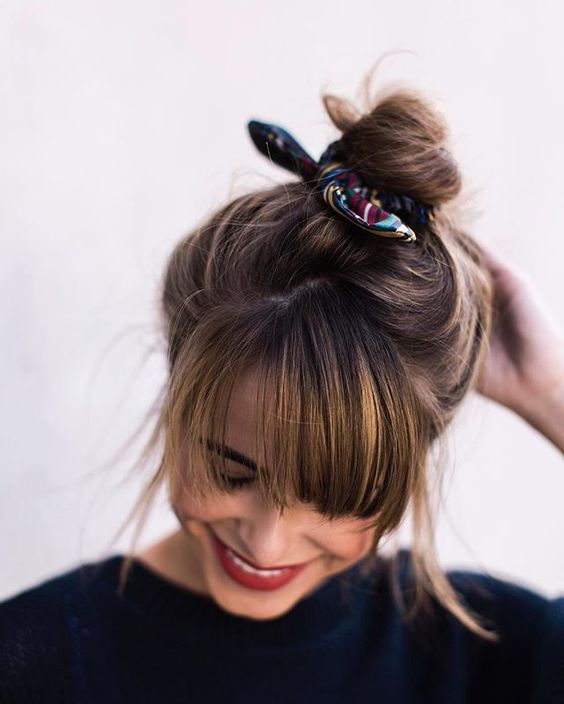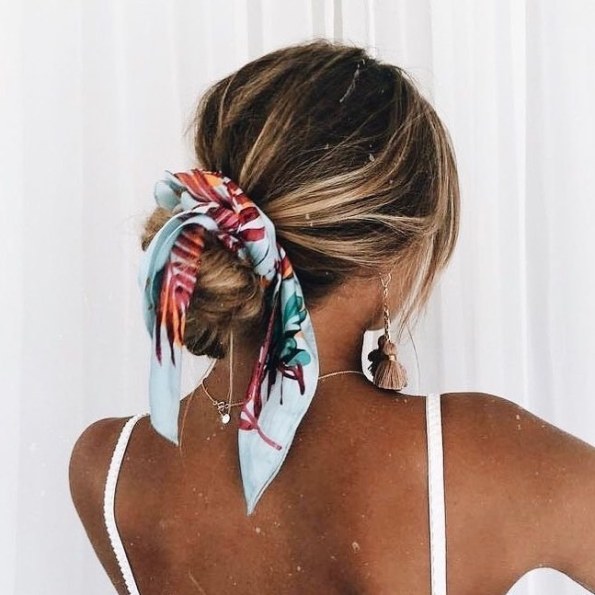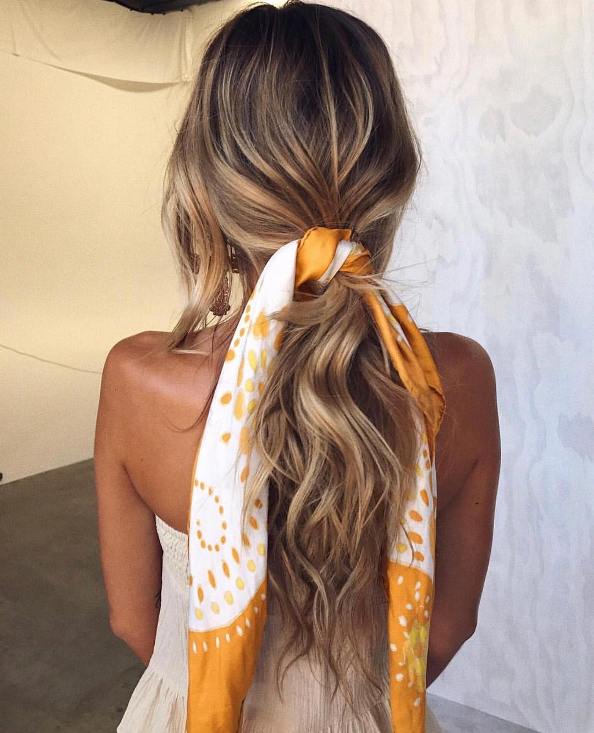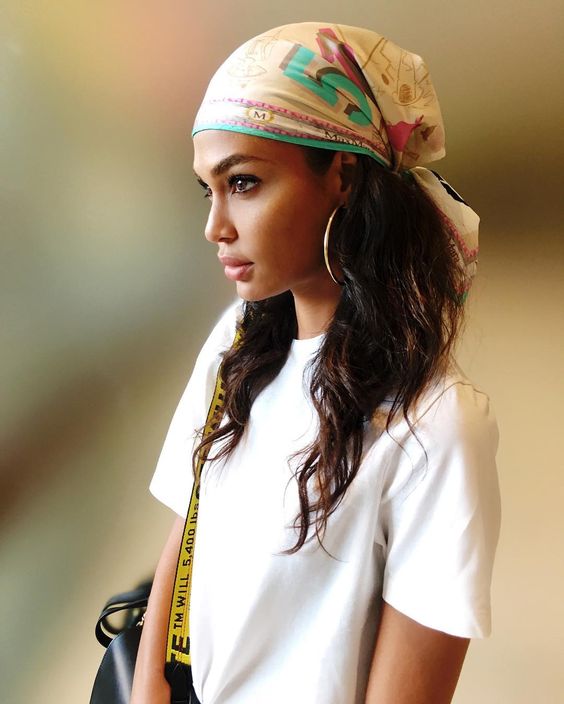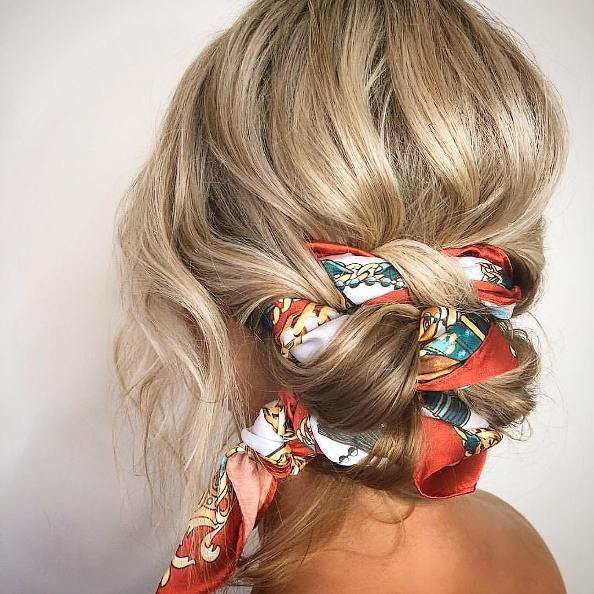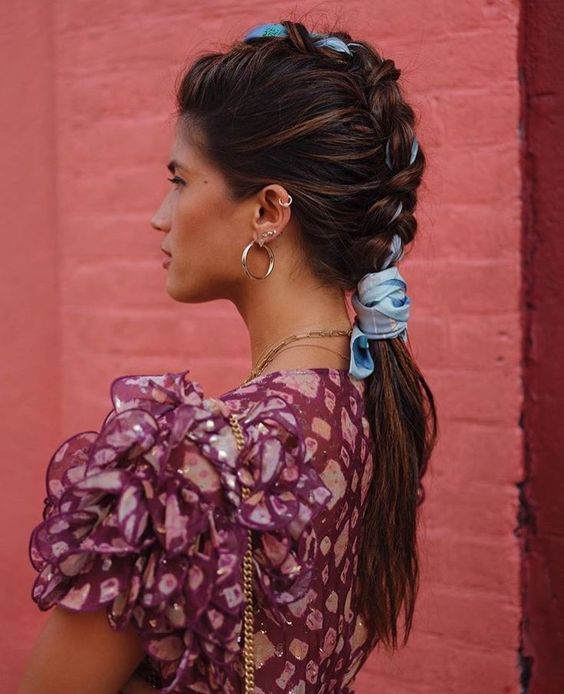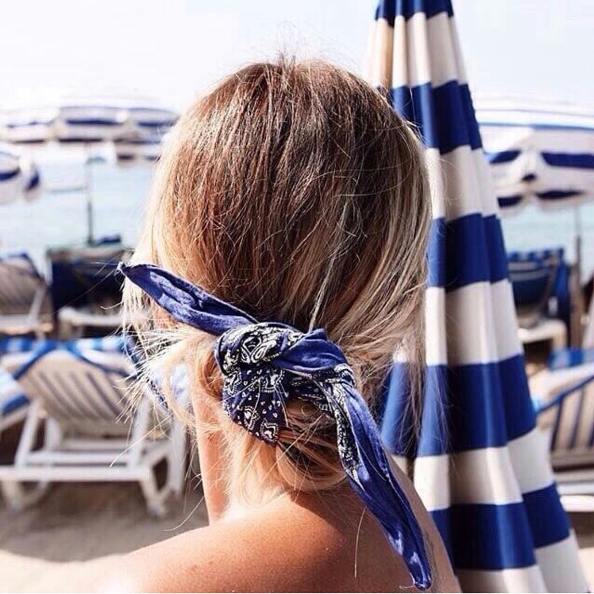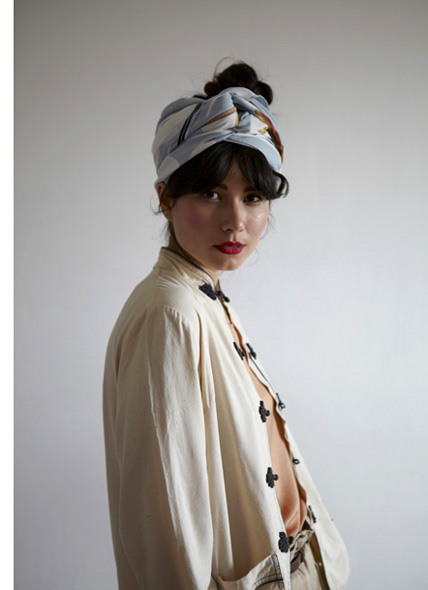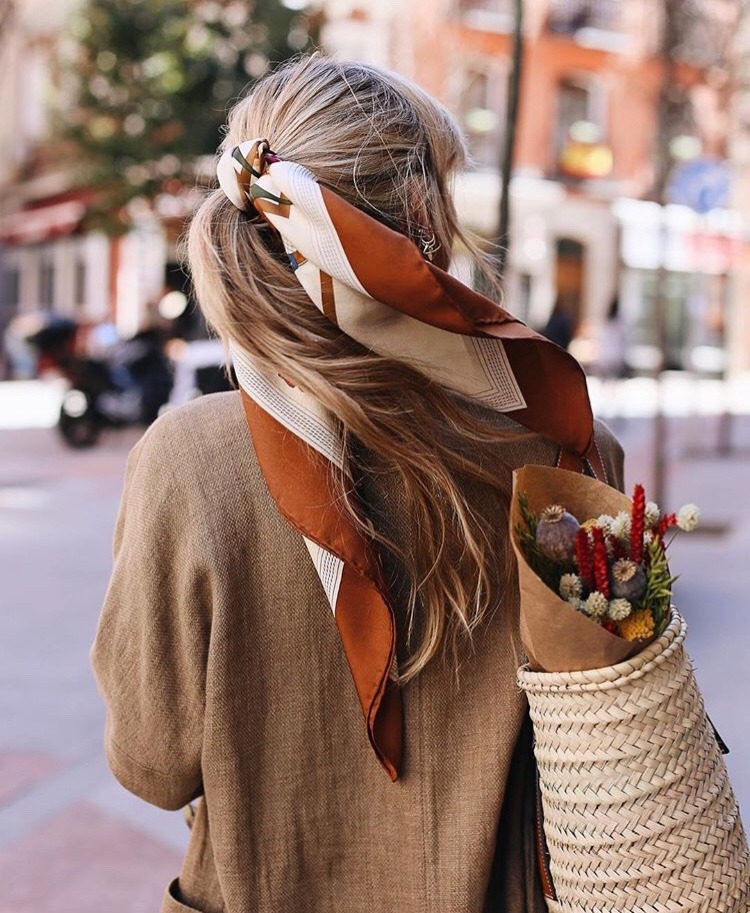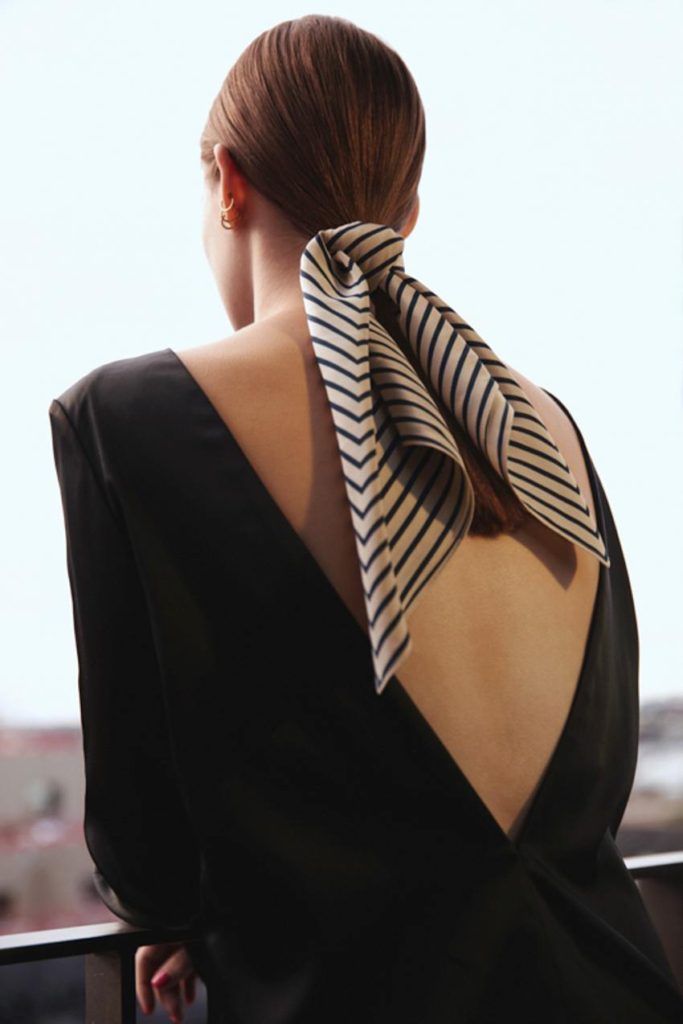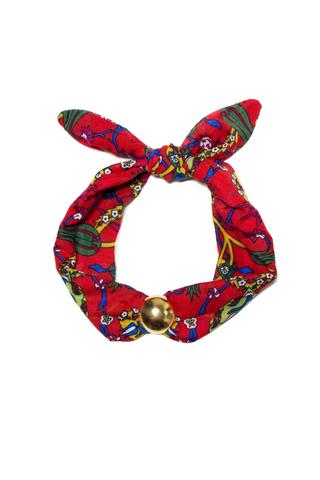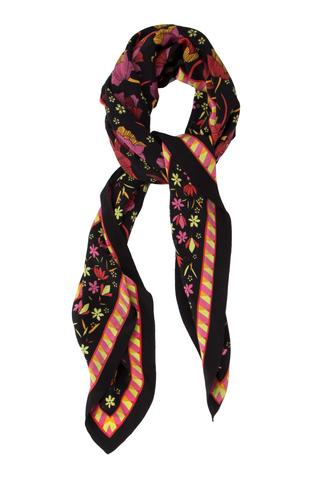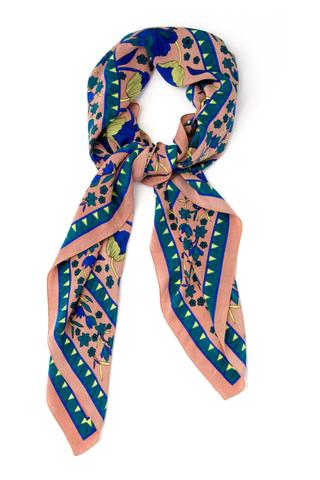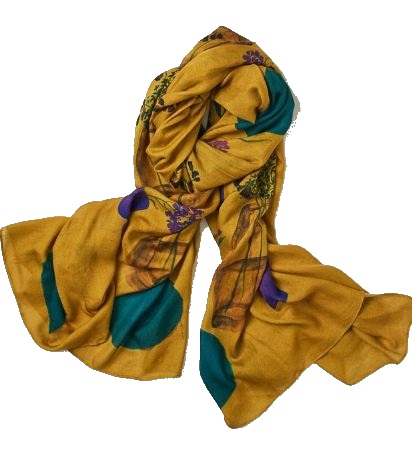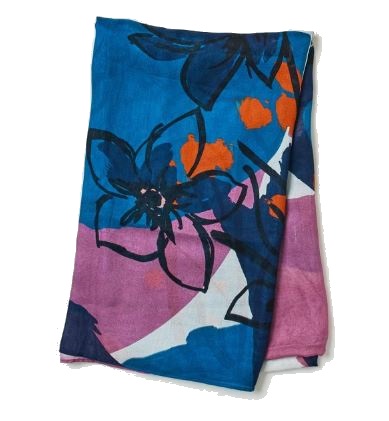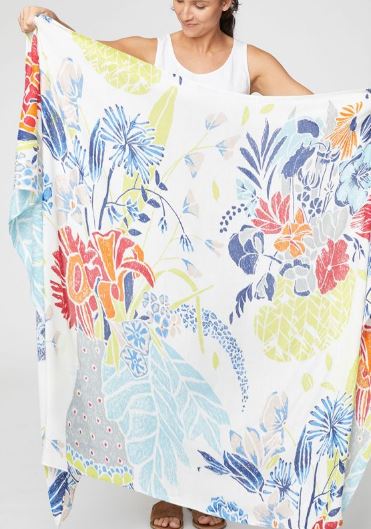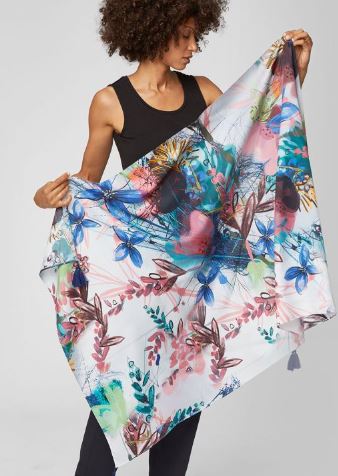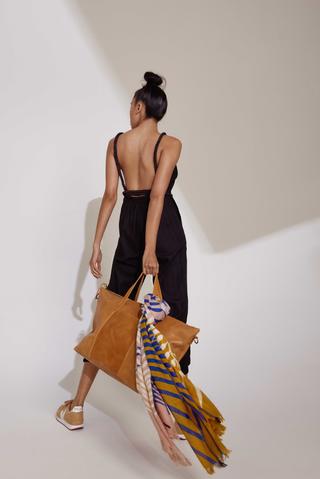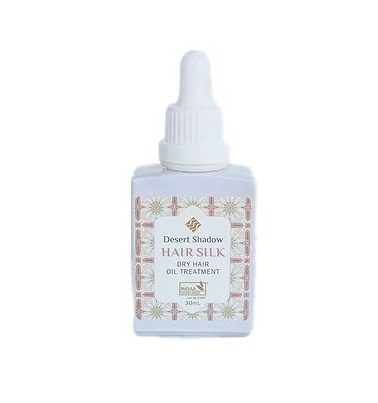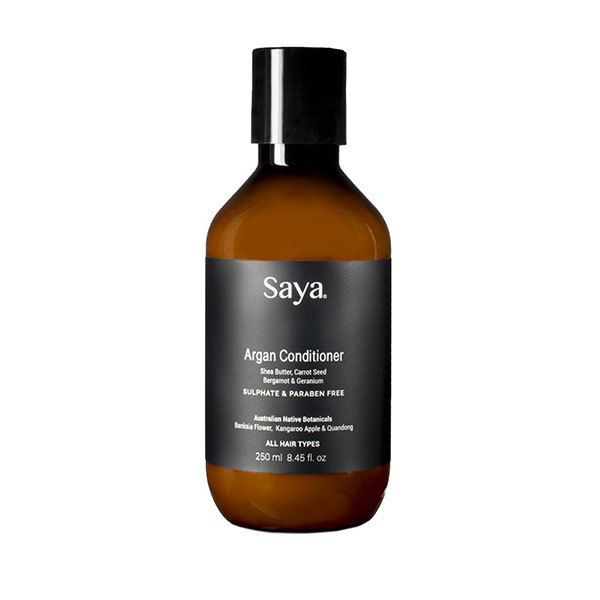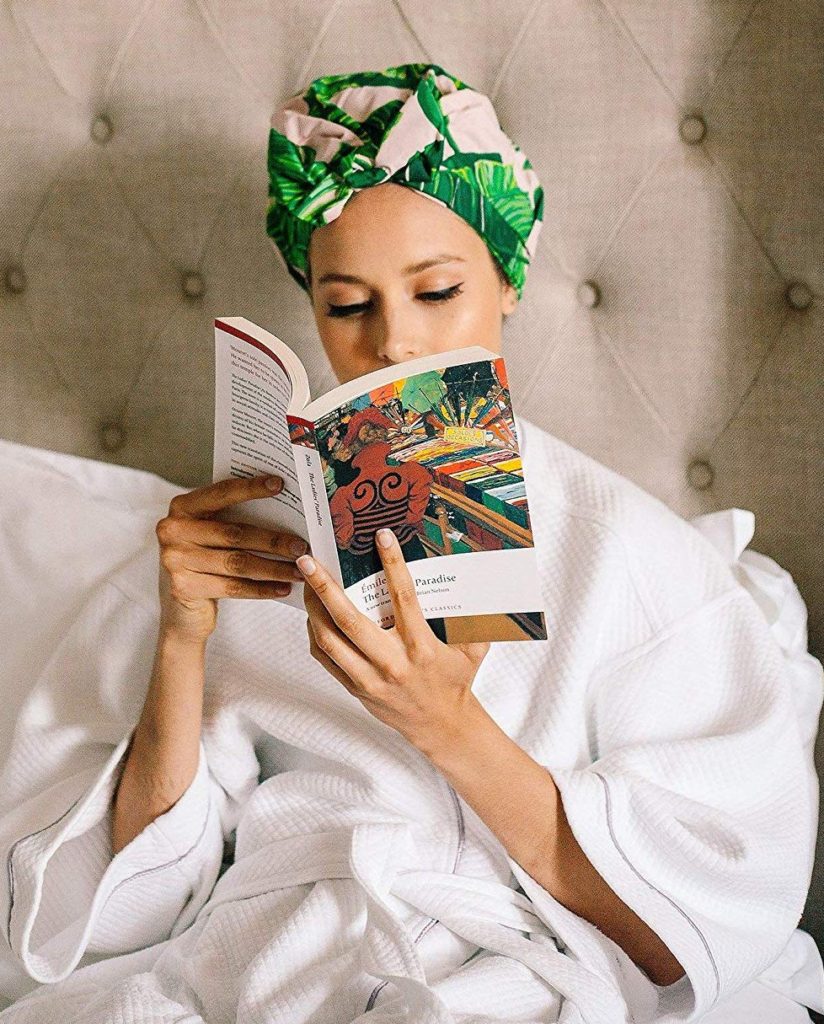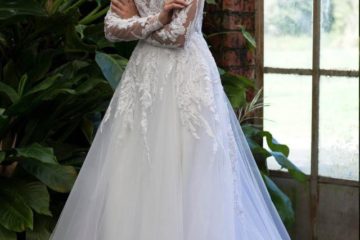The myth that ethical fashion equals boring or wearing a uniform has been vanquished by covetable designs and sustainable innovation.
We live for fashion while not compromising on values for people and environment, and show how to bring trends into your regular wardrobe in creative and sustainable ways.
About trends – Style is individual. If you follow every trend, the chances are you haven’t found yours yet, and that’s ok. This can be easily learned by; reading some styling articles or books for professional advice, creating a lookbook on pinterest of clothing that works for you, or by creating a ‘capsule’ of your most worn and enjoyed clothes, and build from there. (Stay subscribed for all our ethically mindful, professional styling tips and advice).
You wouldn’t blindly wear the same thing that every magazine or celebrity said was fashionable from week to week would you? No, just checking ; )
However, if there is a style culture – aka ‘trend’ – you love and want to incorporate into your look, we want to help you by finding smart, sustainable ways to have fun with it, and create a thought-out style to form part of your already consciously-aligned wardrobe.
Scarves – A Brief History
According to some research, the modern scarf may have origins dating back to Ancient Egypt, where the first recorded scarf was said to have been used by Queen Nefertiti, wearing a “tightly woven scarf topped with a conical headdress” in 1350 BC.
Historians believe that scarves may have been used to mark military rank, with higher ranks wearing silk scarves and lower ranking soldiers wearing cotton.
Without doubt, for the greatest portion of its history the scarf had a practical use as a sweat cloth, or to keep clean.
Far removed from these humble beginnings, scarves have become an essential clothing item from simple through to high-end design aesthetic, globally loved for its versatile nature and availability in a range of basic or luxury fabric, for both men and women.
Today, high-end fashion designers around the world produce luxury printed scarves in collaboration with visual artists to create a covetable product, while artisans in India, South America and further afield use traditionally taught skills to create uniquely beautiful, hand-made artworks.
“Scarves are more than just a fashion statement, they are truly a work of art.” – Scarfe.com
ADVERTISEMENT:
How to Wear the Hair Scarf Trend
This versatile look is perfect for all ages and occasions and can be incorporated into almost every outfit.
Naturally, there are just as many ways to style your scarf, as there are ways to style your hair* meaning it can be as individual or on-trend as you like.
*scarf but sans hair? Try the ‘head scarf’ style below. Please note this article only refers to the modern trends of hair scarf wear, and does not refer to religious use. (See also Headscarves).
Here’s a sample of our favourite looks;
- Flower tied scarf / Nathalia Polanco
- Top bun scarf / @thestylebungalow
- Low bun scarf / @melbhairblogger
- Loose pony scarf / @ashleapenfold
- Head scarf / @joansmalls
- Braided scarf bun / @hairby.brittany
- Braid scarf style / Pinterest-Chandrika
- Bandana bun / @sittingprettyhalohair
- Turban scarf / Charlotte Linton
- Long scarf pony / tumblr-avidlondoner
- Short scarf pony / Fredrik Wannerstedt
Where to Find an Ethical or Sustainable Hair Scarf
When it comes to such a versatile item, your new coveted hair scarf could be a refashioned piece of material with meaning or a beautiful artisan-made memento from your travels.
A few easy ideas to set the imagination flowing;
- The Scarf Stash – does your wardrobe stash any hidden treasure you’ve not seen in a while? Do you have existing scarves that could be swapped, re-purposed or cut down to size? Let your imagination run wild to take advantage of this easy to adapt trend.
- Beg/Steal/Borrow – Our friends, families and facebook groups are great places to trade and share fashion goods, prolonging the usability of precious resources.
- Rent – If it’s an iconic designer or a special occasion scarf you’re craving, renting is the new mode.
- Op-shops – The obvious choice in terms of sustainability and range of options, remember to look outside the ‘scarf’ box to discover alternative sources of reusable material like linens, silk skirts or blouses, shifts or camis.
- Re-purposing – Before going ahead, make sure you have access to a sewing machine, tailor or someone who can help to ensure the fabric gets used (otherwise keep hunting for a completed scarf). Idea – if you’re re-using a garment as fabric make sure you use as much of the fabric as possible to create the least waste. To ensure you’re using it all you could make the remnants into scrunchies or give the extras as gifts to your friends, or even make some extra cash on etsy!
- Support Artisan-made – Scarves designed and produced by artisans can have significant cultural relevance, making them beautiful stories of places and people. By embracing the heritage and craft of ethically-produced pieces, you’ll be keeping these traditional skills alive and contributing to local communities.
- Buy Ethically-made – We are so lucky to be living in a time where ethically-made and fair trade fashion is becoming easier and easier to find! In case you’re about to buy new, we’ve scoured the list of our reviewed-brands to bring a few ethically-made suggestions. (Or just ask a potential brand #whomademyclothes to find out more about their fashion supply chain).
Happy Styling x
Shop Your Values
More Lovely Ways to Tame Your Locks
Header Image by Fredrik Wannerstedt
We use affiliate links to help us support great brands, and help them do more great things!
